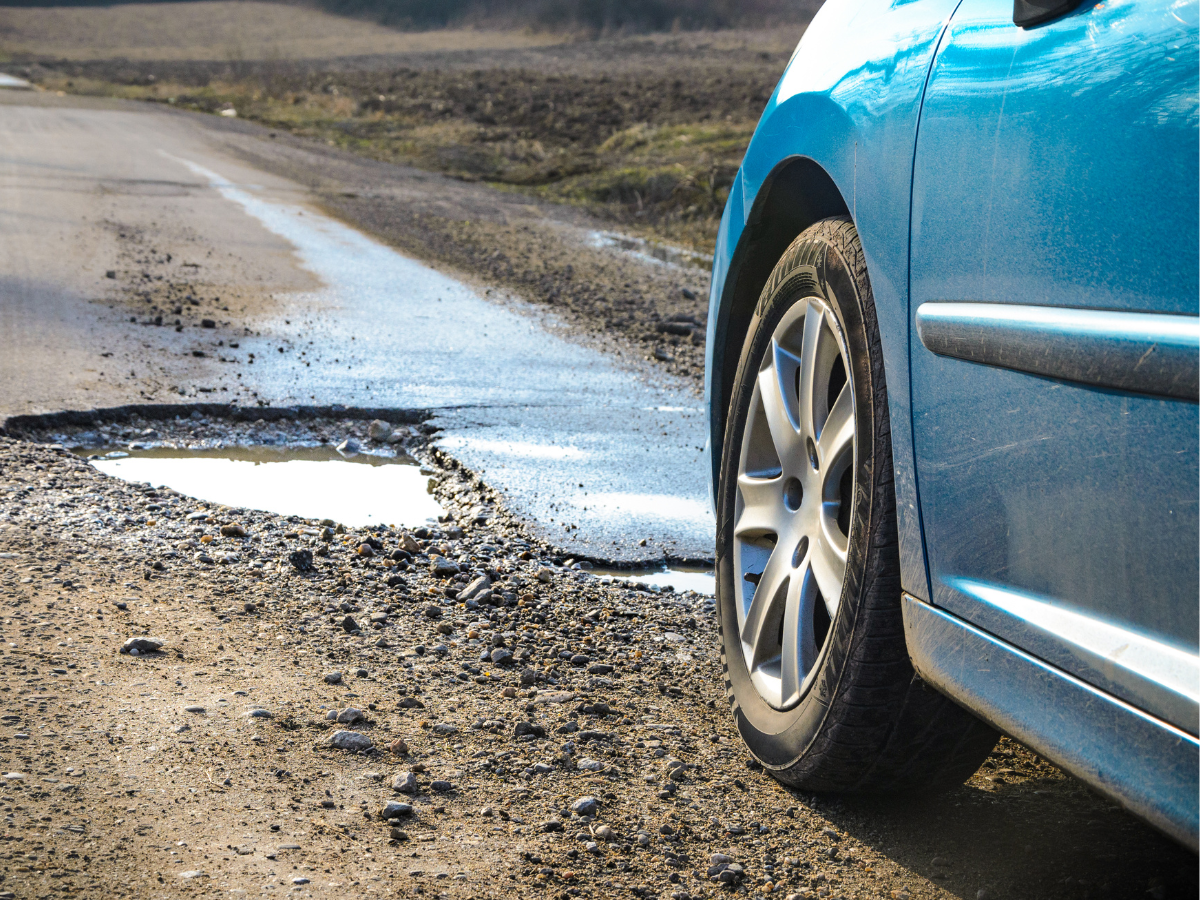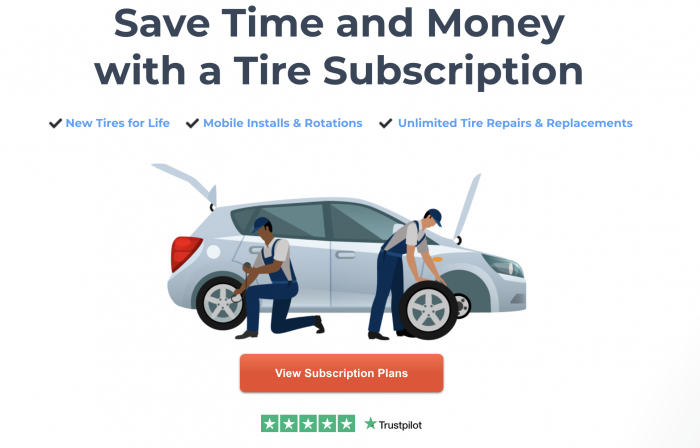Understanding Pothole Damage and Protecting Your Vehicle and Wallet
Potholes are a universal problem that plague drivers around the world. Their presence on roads not only affects the quality of our drive but also has the potential to cause significant damage to our vehicles. In this comprehensive guide, we will delve into the various types of pothole damage, explore preventative measures, and discuss the financial and liability aspects of pothole-related issues. Additionally, we’ll introduce you to Treads, a tire subscription service that offers a simple solution to keep your tires protected from pothole damage.
The Science Behind Potholes: Understanding their Formation and Growth
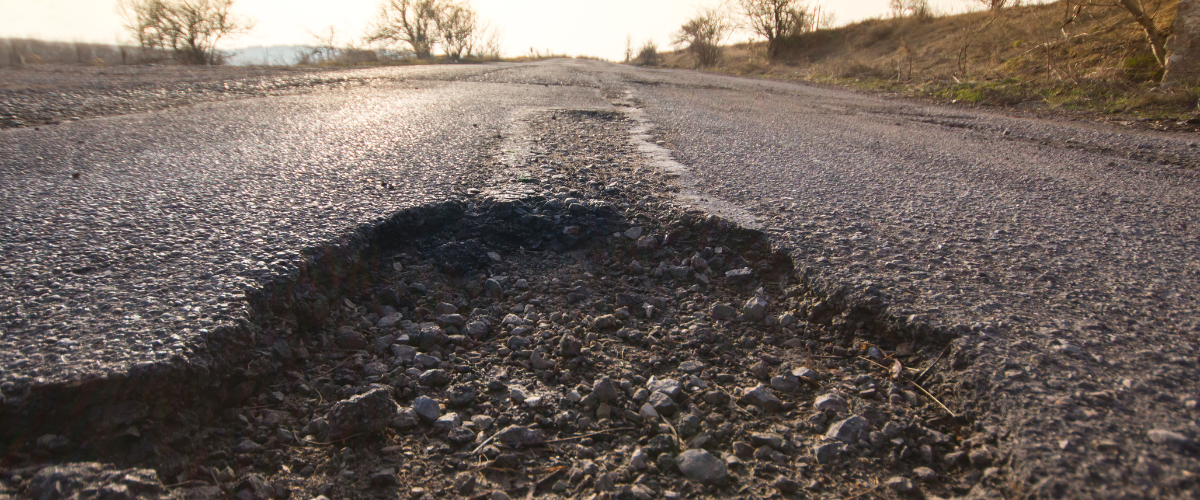
Potholes are more than just a nuisance for drivers; they are a fascinating phenomenon resulting from a combination of weather, traffic, and road conditions.
The formation of potholes typically begins with water seeping into small cracks in the pavement. As temperatures drop, the water freezes and expands, causing the cracks to widen. When the ice melts, it leaves behind larger gaps in the pavement, which are then further weakened by the weight of passing vehicles. Over time, these weakened areas can collapse, creating the potholes we’re all too familiar with.
Factors such as poor drainage, heavy traffic, and insufficient road maintenance can exacerbate the development and growth of potholes. By understanding the science behind pothole formation, we can better appreciate the importance of timely road maintenance and the need for effective prevention strategies.
Pothole Damage – The Effects on Your Vehicle
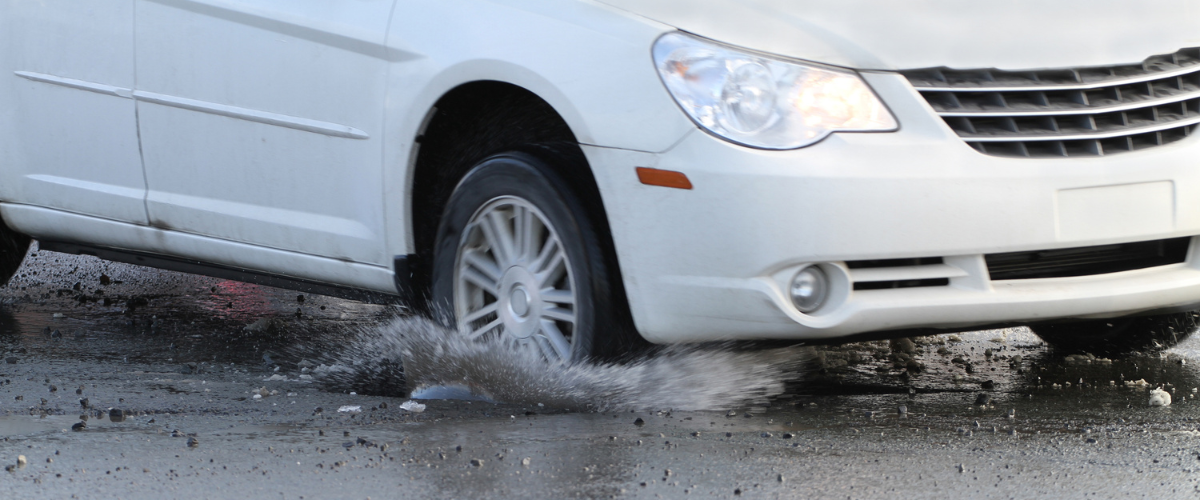
Types of Damage to Your Vehicle
Potholes can cause a variety of damage to your vehicle. Some common types of damage include:
Hitting a pothole at high speeds can result in a punctured tire, leading to a sudden loss of air pressure and potential accidents.
Rim damage:
Potholes can cause dents or bends in wheel rims, affecting their ability to maintain a proper seal with the tire.
Suspension problems:
The impact of a pothole can cause damage to your vehicle’s suspension system, leading to misalignment and uneven tire wear.
Undercarriage damage:
Potholes can scrape against the undercarriage of your vehicle, damaging parts like the exhaust system and oil pan.
How to Identify Pothole Damage
If you suspect your vehicle has suffered pothole damage, look for the following signs:
– Unusual vibrations or noises while driving
– Pulling to one side or uneven steering
– Rapid tire deflation
– Visible dents or bends in wheel rims
If you notice any of these signs, it’s important to have your vehicle inspected by a professional to assess the damage and make necessary repairs.
Preventing Pothole Damage
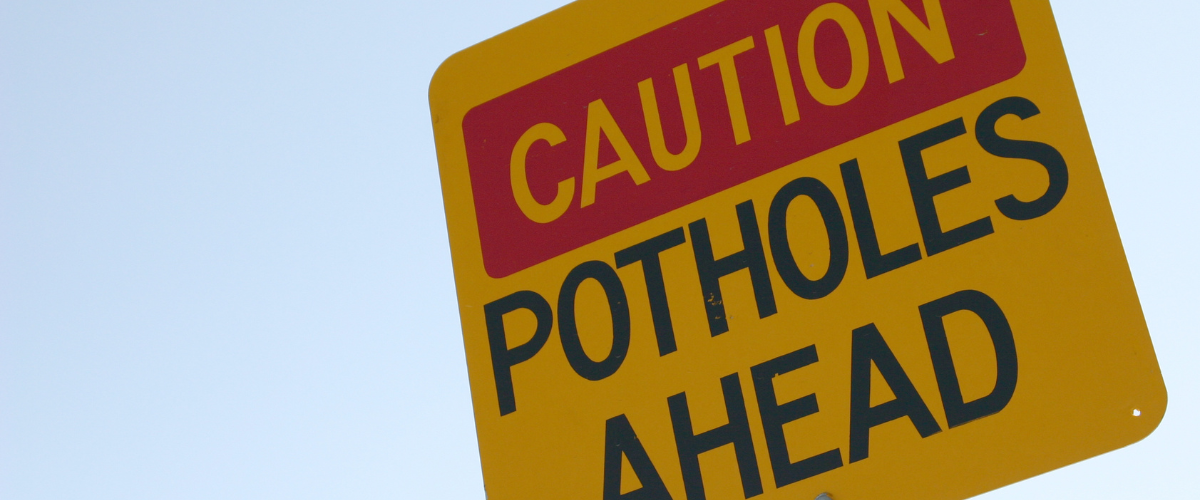
Tips for Avoiding Potholes
To reduce the risk of damage, keep these tips in mind:
Slow down when approaching a pothole: Reducing your speed can lessen the impact and potential damage.
Maintain proper tire pressure: Ensuring your tires are properly inflated can help them better absorb the impact of hitting a pothole.
Avoid driving over puddles: Puddles can conceal hidden potholes, so steer clear when possible.
Use caution when swerving: If you must swerve to avoid a pothole, do so carefully to avoid causing an accident.
Reporting Potholes
If you encounter a pothole on a public road, report it to your local authorities or department of transportation. They may be able to repair the pothole more quickly and prevent further damage to other vehicles.
The Cost of Pothole Damage
Impact on Infrastructure and Personal Expenses
Pothole damage not only affects your vehicle but also has significant financial implications. On a larger scale, the cost of repairing damaged roads and infrastructure can be staggering. On a personal level, vehicle repairs and potential increases in insurance premiums can be a significant burden.
Filing a Claim for Pothole Damage
If your vehicle suffers pothole damage, you may be able to file a claim with your insurance company. Comprehensive coverage typically covers pothole damage, but it’s essential to review your policy and speak with your insurance agent for specific details. Keep in mind that filing a claim may result in an increase in your insurance premiums.
Pothole Liability

Who Is Responsible for Pothole Damage?
Determining liability for damage can be a complex process. Responsibility may lie with different entities, such as:
City or local government: In many cases, the city or local government is responsible for maintaining public roads and may be held liable for pothole damage if they were negligent in their maintenance duties.
Neighborhood associations: For private roads within a neighborhood or gated community, the homeowners’ association may be responsible for road maintenance and, consequently, liable for any pothole damage.
Insurance companies: Your auto insurance policy may cover pothole damage, depending on the type of coverage you have.
Personal responsibility: In some instances, drivers may be held personally responsible for pothole damage, especially if they failed to take reasonable precautions to avoid or minimize the impact.
Navigating Pothole Damage Claims
If you believe another party is responsible for your pothole damage, you may need to file a claim or take legal action. Gather evidence, such as photos of the pothole and damage to your vehicle, and keep records of any repair costs. Consult with an attorney if you’re unsure of your rights or need assistance with the process.
The Economic Impact of Potholes: A Costly Burden for Society
Potholes not only cause damage to vehicles, cyclists, and pedestrians but also have a significant economic impact on society as a whole. The costs of repairing vehicles and infrastructure, lost productivity due to traffic delays, and increased fuel consumption resulting from uneven road surfaces all contribute to the overall economic burden caused by potholes.
Additionally, cities and municipalities are often faced with high costs of liability claims resulting from pothole-related accidents and damage. By investing in proactive road maintenance and adopting new technologies for detecting and repairing potholes, communities can potentially save millions of dollars and reduce the economic impact of this pervasive problem.
Treads Tire Subscription – A Solution for Pothole Damage Protection
How Treads Tire Subscription Works
A Treads tire subscription is an innovative solution to help protect your tires from pothole damage amongst a multitude of other things. By subscribing to Treads, you’ll receive ongoing maintenance, repairs, and replacements for your tires as long as your subscription is active. This means you can have peace of mind knowing that your tires are covered, no matter what pothole-related or other tire issues you may encounter.
Benefits of a Treads Tire Subscription
There are several advantages to choosing a Treads tire subscription for your vehicle:
Comprehensive tire protection: Treads will repair or replace any damaged tire due to pothole damage as long as you have an active subscription.
Simplified maintenance: Treads subscribers receive regular tire maintenance, including rotations, balancing, and alignment checks.
Cost savings: By subscribing to Treads, you can avoid the unexpected expense of tire repair or replacement due to pothole damage.
Flexibility: Treads offers various subscription plans to suit your needs and budget, making it easy to find the right option for you.
Pothole Damage to Cyclists and Pedestrians: A Hidden Hazard
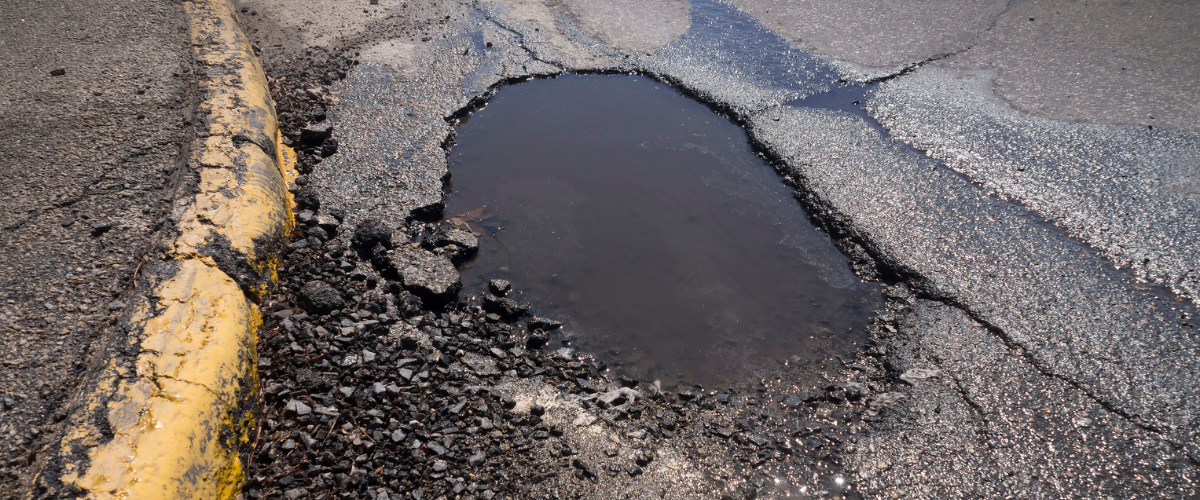
While much of the focus on pothole damage is directed toward vehicles, it’s important to recognize the potential hazards potholes pose to cyclists and pedestrians.
For cyclists, encountering a pothole can lead to loss of control, resulting in accidents and injuries. Additionally, damage to bicycles, including bent rims, punctured tires, and misaligned components, can be costly to repair.
Pedestrians also face risks from potholes, as they can cause trips and falls, leading to injuries. In some cases, these incidents can result in legal action against the responsible party for negligence in maintaining safe walking conditions.
By raising awareness of the risks potholes pose to cyclists and pedestrians, we can advocate for improved road maintenance and safety measures to protect all road users.
Pothole Repair Methods: From Temporary Fixes to Long-Term Solutions
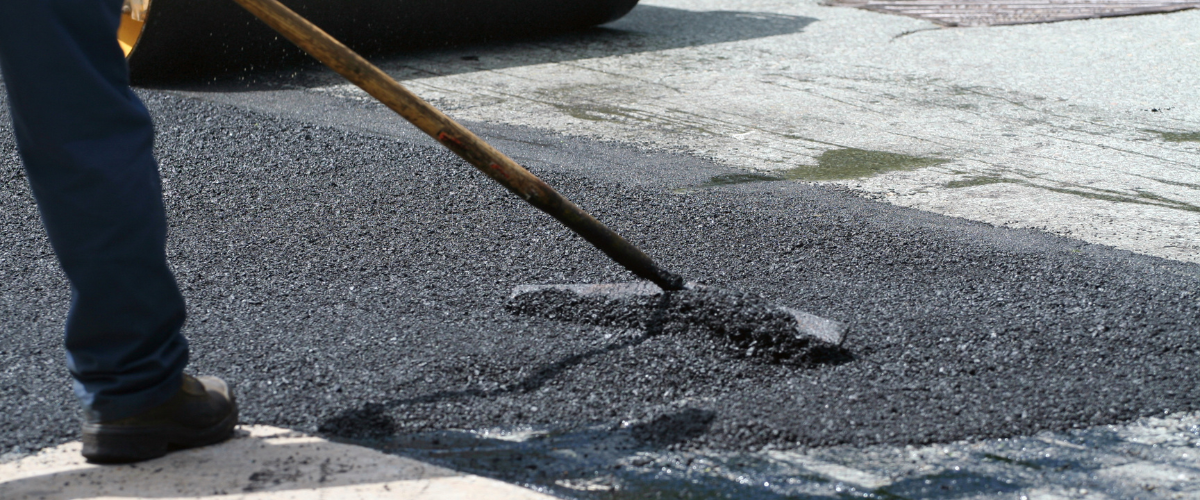
Various techniques are employed to repair potholes, ranging from temporary patches to more lasting solutions. One common temporary fix is the “throw-and-go” method, where workers quickly fill the pothole with cold asphalt mix, compact it, and move on. While this method is fast and cost-effective, it is not a long-term solution, as the patch may not adhere well and can be dislodged by traffic or weather.
A more durable repair method is the “throw-and-roll,” where hot asphalt mix is used, and the patch is compacted with a roller or by driving over it with the repair vehicle’s wheels.
For long-lasting repairs, a “semi-permanent” method is used, involving the removal of damaged pavement, the application of a tack coat for better adhesion, and the placement of a hot asphalt mix, followed by compaction. Understanding the various pothole repair methods can help inform discussions about road maintenance priorities and the most effective ways to address the issue.
Pothole Prevention Strategies: A Proactive Approach to Protecting Our Roads
Adopting proactive strategies to prevent potholes from forming in the first place can be more cost-effective than reactive repairs.
Key preventive measures include:
Routine road inspections: Regularly inspecting roads for signs of wear and tear can help identify potential problem areas before they turn into potholes.
Timely maintenance: Sealing cracks in pavement and addressing other minor issues promptly can prevent water infiltration and slow the deterioration process.
Quality construction: Ensuring that roads are built with high-quality materials and proper drainage systems can reduce the likelihood of pothole formation.
Climate-adaptive design: In regions with significant temperature fluctuations, designing roads with materials that can better withstand freeze-thaw cycles can help minimize the risk of potholes.
Proper weight distribution: Enforcing weight limits on vehicles and encouraging the use of multiple axles to distribute loads more evenly can reduce stress on road surfaces and decrease the likelihood of pothole formation.
By implementing these pothole prevention strategies, communities can save money, reduce the need for repairs, and ensure safer road conditions for all users.
Safeguarding Your Vehicle: Conquering Pothole Damage and Driving with Confidence
Pothole damage is an unfortunate reality for drivers, with the potential to cause significant harm to your vehicle and wallet. By understanding the types of damage that can occur, taking preventative measures, and being aware of liability issues, you can better protect yourself and your vehicle from the consequences of potholes. Additionally, a Treads tire subscription offers a convenient solution to safeguard your tires from pothole damage, providing you with peace of mind on the road.
Let’s Connect!
Let us know if you’ve had any experiences with potholes- the good, the bad, and the ugly. We’d also love to hear about any experiences you have had with your Treads tire subscription. Connect with us on our socials: Facebook, Instagram, or TikTok. We want your 🚙 🛞 stories!
Also for more information about a Treads Tire Subscription download the Treads App in the App Store or in Google Play and live chat with a team member with any questions you may have. We are always happy to help!

